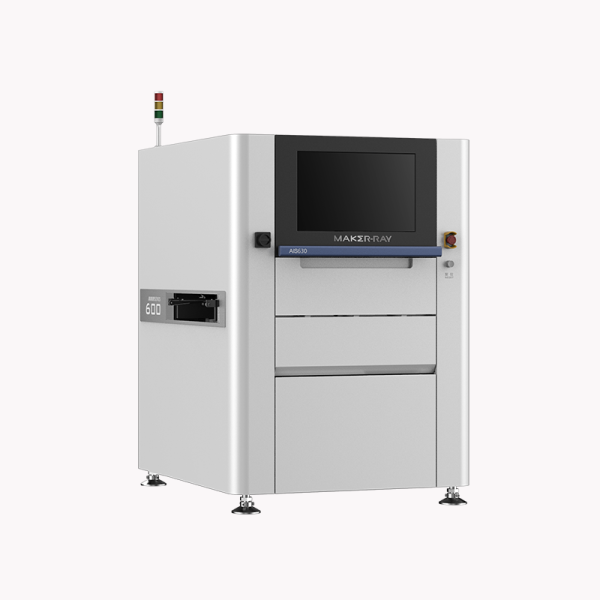In the realm of AOI inspection, accurate measurement is crucial for ensuring quality control in electronic manufacturing. Maker-ray, a leading provider of AOI inspection machines, employs advanced technology such as phase modulation profilometry to achieve precise and efficient inspection. This technique enables three-dimensional measurement, allowing for accurate evaluation of components and solder paste.
Introduction to phase modulation profilometry for three-dimensional measurement
Phase modulation profilometry is a cutting-edge technique used for three-dimensional measurement. It utilizes the principles of light interference and phase shifting to capture detailed surface topography. By analyzing the phase shifts in the captured images, Maker-ray’s AOI inspection machine can reconstruct a three-dimensional representation of the inspected object, enabling precise measurement of solder paste and other components.
The application of phase modulation profilometry in accurate solder paste printing inspection
Accurate solder paste printing is crucial for the proper functioning of electronic devices. With the application of phase modulation profilometry, Maker-ray’s AOI inspection machine ensures precise evaluation of solder paste deposition. The machine captures high-resolution images of the solder paste, analyzes its three-dimensional characteristics, and verifies its alignment and distribution. This advanced measurement technique minimizes errors and improves overall printing quality.
How Maker-ray‘s AOI inspection machine utilizes phase modulation profilometry for high-speed and accurate measurement
Maker-ray’s AOI inspection machine is equipped with state-of-the-art hardware and software that leverage phase modulation profilometry for high-speed and accurate measurement. The machine utilizes advanced algorithms to process the captured images, extracting precise measurements of solder paste height, volume, and alignment. This enables manufacturers to achieve stringent quality standards while maintaining high production efficiency.
Dynamic Self-Adaptive Datum Plane Algorithm for Height Error Reduction
Height differences in AOI inspection can pose challenges, particularly when caused by the bending of jigs or boards. Maker-ray addresses this issue with its dynamic self-adaptive datum plane algorithm, which ensures accurate pad positioning and reduces height errors.
Understanding the challenges of height differences in AOI inspection
Height differences in AOI inspection can lead to inaccurate measurements and positioning, impacting the overall quality of electronic components. Factors such as jig bending or board warping can introduce variations in height that need to be addressed for precise inspection and reliable results.
How Maker-ray‘s technology enhances measurement accuracy and efficiency
Maker-ray’s technology incorporates advanced algorithms, high-resolution imaging systems, and intelligent software solutions to enhance measurement accuracy and efficiency. The combination of precise measurement techniques and efficient data processing enables manufacturers to achieve superior inspection results, reducing errors and optimizing production processes.
Case studies and testimonials showcasing the benefits of Maker-ray‘s AOI inspection machines
Numerous case studies and testimonials from satisfied customers attest to the benefits of Maker-ray’s AOI inspection machines. These machines have consistently delivered exceptional accuracy and efficiency, enabling manufacturers to improve product quality, reduce rejections, and enhance overall productivity.
Conclusion
In conclusion, Maker-ray’s AOI inspection machines offer advanced technology that enhances accuracy and efficiency in the inspection process. Through the utilization of phase modulation profilometry and dynamic self-adaptive datum plane algorithms, Maker-ray ensures precise measurement of solder paste and other components while reducing height errors. Manufacturers can rely on Maker-ray’s innovative solutions to optimize their quality control processes and achieve superior inspection results.





